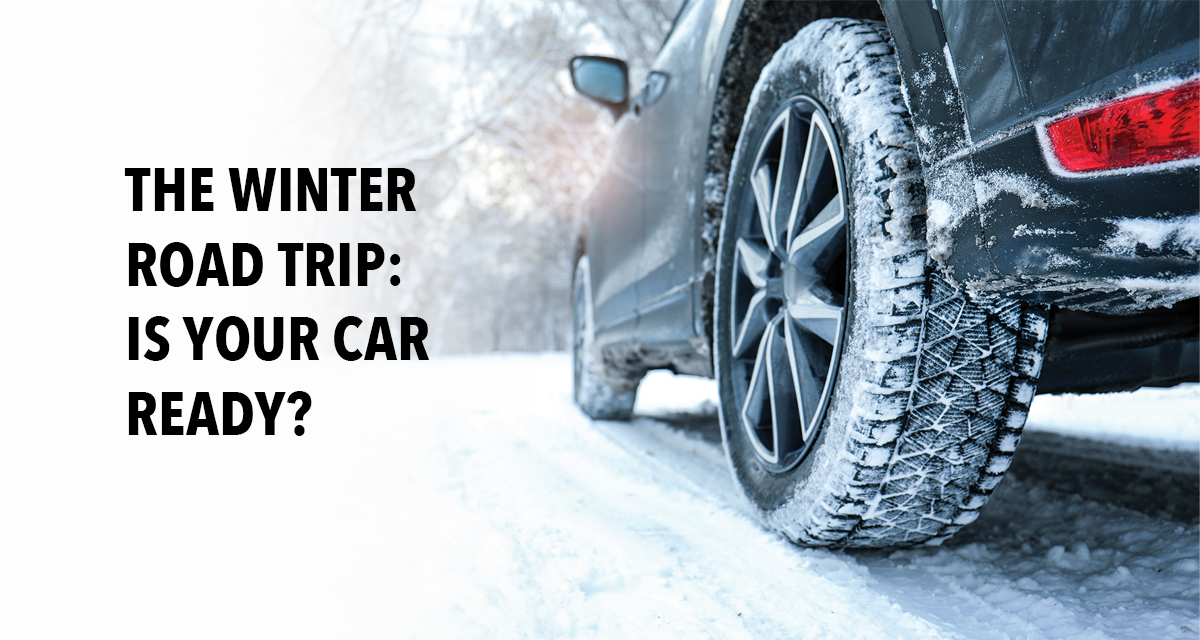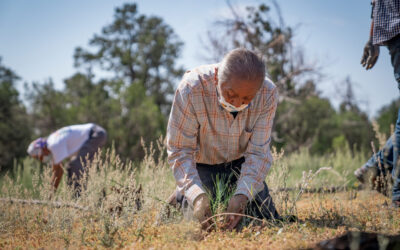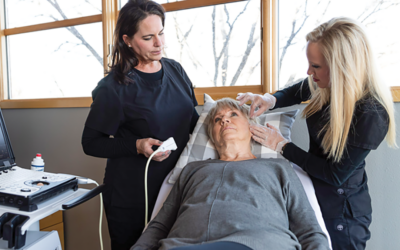By Heidi Kerr-Schlaefer
Without a doubt, 2020 was the year of the road trip, and it looks like 2021 will be, too. Is your vehicle ready? Whether it is a ten-hour drive across several states or just a two-hour trip to Colorado Springs, it’s likely that there is a car or truck involved and in the Rocky Mountain state, it’s a good idea to be prepared for any type of weather.
I sat down with LJ Houska, Vice President of Houska Motors in Fort Collins to get the lowdown. Having been in business since 1952, they’ve seen it all.
Tires are important
Every year, I put thousands of miles on my tires driving around Colorado in the spring, summer, fall and winter. I always feel safe even when it’s snowy because I keep the right amount of air in my tires, and I never drive on balding tires.
Bald and balding tires are unsafe, and the state has noticed. The Colorado Department of Transportation requires 3/16th of tread on a tire to be traveling on Interstate 70 through the mountains when the traction law is in effect. The owner of this type of tire can receive a $133 fine and if a vehicle blocks a lane of traffic due to bad tires, the fine is $650. Not only is it dangerous, but it can also be a costly mistake to not have winter-ready tires on a road trip.
Snow tires are not imperative unless you live in the mountains, but some people are more comfortable with them on their car. These tires have a different tread design than standard tires and are made from a softer compound allowing better grip on an icy roadway. Snow tires can be stored until the season arrives, usually around October, and removed in April.
Multi-use tire socks are another way to be prepared for inclement weather and can be stored in a vehicle until needed. In many cases, these “socks” can replace chains although they should only be used to get out of a sticky situation, as the top rate of speed with them on is just 30 mph.
“Most of the time, it’s the people who live in the mountains who want studs on their tires,” says Houska. “If you truly live in the Front Range, most of those people don’t want them or need them.”
He also advises, “It’s always just better to be prepared. For instance, make sure you know how to use chains or a tire sock before you leave on a trip. Also, be sure to put them on your tires before you go through that ‘little’ snowbank, not when you are already stuck.”
Check your fluids
It’s important to establish whether or not a vehicle’s window washing reservoir is full. It seems that I always run out of window washing fluid at the most inopportune times, usually miles from a gas station. Having been caught in this situation several times, I now carry a gallon of window washing fluid in my car on every trip.
So, what about windshield wipers? Wipers wear out every six to 12 months and replacing them before winter should be routine. New windshield wipers and a full tank of window washing fluid can be a lifesaver when backsplash is obscuring the road.
“Normally, on a basic oil change, most of these things are going to be looked at,” says Houska. “The one we really focus on in the winter is the coolant/antifreeze.”
Diluted anti-freeze is called coolant and a garage will make sure a vehicle’s coolant is at the right freezing point, about -30 degrees for Colorado. If the coolant is not winter ready, an engine might crack from frozen coolant, and no one wants that to happen on a ski trip.
Uncomfortable checking fluids? A reputable mechanic shop can look a car over before the dead of winter sets in. They will make sure a car leaves their shop prepared for the Colorado winter.
There are little things that anyone can check before leaving on a winter road trip. For instance, Houska recommends making sure the defrost is working, that the spare tire is full and that the four-wheel-drive engages, and all tools of the trade—jacks, tire iron—are in the trunk.
What to pack
Heading out on a wintry road trip is exciting, but nothing ruins a road trip faster than not having the right equipment when an emergency happens. First and foremost, a car should always be equipped with an emergency kit no matter the season.
Emergency kits can be purchased at stores like Jax Outdoor Gear, Farm & Ranch, and come with a variety of items depending on the size of the kit. They include things like waterproof matches, hand warmers, a bungee cord, jumper cables, duct tape and even flares. It is wise to store a medical kit in the car, although some emergency kits include medical supplies like band aids and disinfectant. Jax also sells emergency kits specifically for travel pets.
A handy item to have in a vehicle is a small or collapsible shovel. It is also imperative to have an ice scraper and brush. The extra-long, all-in-one with those features at either end is a great choice.
Other useful items to consider are a warm blanket, flashlight, batteries, gloves and boots, emergency food and water, and maps. A paper map may seem old-fashioned in the era of smartphones, but it can be essential especially since not every place has cell service.
While a Colorado state map is helpful, an enlarged map of the intended area of travel is smart, winter or summer. For instance, we drove to an old mine in the San Luis Valley and the area did not have cell service. We were relieved to have a detailed map of the valley.
During the Colorado winter, a snowstorm can strike at any time, and with this state’s unpredictable weather, preparedness is key. With just a little extra forethought, you’ll be ready for whatever adventure your road trip has in store.
Heidi Kerr-Schlaefer is a freelance writer from Loveland. She is the founder of HeidiTown.com and covers travel, festivals and The West. To comment on this article,emailletters@nocostyle.com.






